
197 posts
. The Mesmerizing Beauty Of Killer Whales.
Завораживающая красота косаток. The mesmerizing beauty of killer whales.

















Косатки являются самыми крупными представителями семейства дельфиновых. Порой косатки достигают длины в 10 метров и веса в 6-7 тонн. Зубы у косаток вырастают до 11-13 сантиметров в длину. Окраска косатки представлена двумя цветами, то есть черным и белым. Белым цветом у нее окрашено горло и живот, а черным – бока и спина. В северной части Тихого океана можно встретить косаток альбиносов и косаток меланистов (полностью черных), но это уже является следствием генетического отклонения.
Косатки являются хищниками высшего порядка, то есть никто из животных в дикой природе не охотятся на них. Они могут охотиться даже на крупных китов и акул. В сутки взрослой особи требуется 100-150 килограмм пищи. Иногда косаток называют «морскими волками», так как они предпочитают охотиться группами, как стаи волков. У косаток есть свой «язык», а особи из разных групп имеют свой диалект, если можно так назвать спектр звуков, которыми они обмениваются для общения. Косатки — животные социальные. Они предпочитают сосуществовать небольшими группами, связанными семейными узами. Иногда численность групп косаток может доходить до 40-50 особей.
Косатки обитают во всех океанах и в большинстве морей от экватора к полюсам, в разных по температуре водах. И придерживается диапазона в 800м. от берега. А еще косатки могут развивать скорость до 50 километров в час. При этом сердце косатки бьётся под водой вдвое реже, чем на поверхности. Средний период жизни этих удивительных созданий составляет от 50 до 60 лет.
Killer whales are the largest representatives of the dolphin family. Sometimes killer whales reach a length of 10 meters and a weight of 6-7 tons. The teeth of killer whales grow up to 11-13 centimeters in length. The color of the killer whale is represented by two colors, that is, black and white. Her throat and belly are painted white, and her sides and back are black. In the North Pacific Ocean you can find albino killer whales and melanistic (completely black) killer whales, but this is already a consequence of a genetic deviation.
Killer whales are apex predators, meaning they are not hunted by any animal in the wild. They can even hunt large whales and sharks. An adult requires 100-150 kilograms of food per day. Killer whales are sometimes called "sea wolves" because they prefer to hunt in groups, like packs of wolves. Killer whales have their own “language,” and individuals from different groups have their own dialect, if you can call it that, the range of sounds that they exchange to communicate. Killer whales are social animals. They prefer to coexist in small groups connected by family ties. Sometimes the number of killer whale groups can reach 40-50 individuals.
Killer whales live in all oceans and in most seas from the equator to the poles, in waters of different temperatures. And sticks to the 800m range. from the shore. Killer whales can also reach speeds of up to 50 kilometers per hour. At the same time, the killer whale’s heart beats half as often underwater as on the surface. The average lifespan of these amazing creatures is from 50 to 60 years.
Источник: https://t.me/+E4YBiErj0A8wOGUy, ://pichold.ru/zhivotnye/morskaya-kosatka-50-foto.html, /pichold.ru/zhivotnye/morskaya-kosatka-50-foto.html, /klike.net/10098-kartinki-kosatki-100-foto.html, dzen.ru/a/YdlVwOvfZmBLhOWs, lookw.net/animals/page,3,28-kasatki-i-kity-80-oboev.html.
-
 clownattack liked this · 7 months ago
clownattack liked this · 7 months ago -
 justely-daily reblogged this · 7 months ago
justely-daily reblogged this · 7 months ago -
 justely-daily liked this · 7 months ago
justely-daily liked this · 7 months ago -
 rememberthisiswater liked this · 7 months ago
rememberthisiswater liked this · 7 months ago -
 lapatride reblogged this · 7 months ago
lapatride reblogged this · 7 months ago -
 lapatride liked this · 7 months ago
lapatride liked this · 7 months ago -
 imerecida-vida liked this · 7 months ago
imerecida-vida liked this · 7 months ago -
 fanel06 liked this · 7 months ago
fanel06 liked this · 7 months ago -
 immabethehero liked this · 7 months ago
immabethehero liked this · 7 months ago -
 oncexinxmyxdreams reblogged this · 7 months ago
oncexinxmyxdreams reblogged this · 7 months ago -
 oncexinxmyxdreams liked this · 7 months ago
oncexinxmyxdreams liked this · 7 months ago -
 subduralbleed liked this · 7 months ago
subduralbleed liked this · 7 months ago -
 el-mes-de-mayo reblogged this · 7 months ago
el-mes-de-mayo reblogged this · 7 months ago -
 el-mes-de-mayo liked this · 7 months ago
el-mes-de-mayo liked this · 7 months ago -
 fiveratsinabodysuit liked this · 8 months ago
fiveratsinabodysuit liked this · 8 months ago -
 thesirenisles liked this · 8 months ago
thesirenisles liked this · 8 months ago -
 starpineninja reblogged this · 8 months ago
starpineninja reblogged this · 8 months ago -
 dream-world-universe liked this · 8 months ago
dream-world-universe liked this · 8 months ago -
 rossiasblog liked this · 8 months ago
rossiasblog liked this · 8 months ago -
 thefrogofrainbows liked this · 8 months ago
thefrogofrainbows liked this · 8 months ago -
 bildadtheshuhitestudies liked this · 8 months ago
bildadtheshuhitestudies liked this · 8 months ago -
 transexualpirate reblogged this · 8 months ago
transexualpirate reblogged this · 8 months ago -
 transexualpirate liked this · 8 months ago
transexualpirate liked this · 8 months ago -
 draftinc1691 liked this · 8 months ago
draftinc1691 liked this · 8 months ago -
 sleepylapa liked this · 8 months ago
sleepylapa liked this · 8 months ago -
 capybonara liked this · 8 months ago
capybonara liked this · 8 months ago -
 mkstrigidae liked this · 9 months ago
mkstrigidae liked this · 9 months ago -
 transdimensional-void liked this · 9 months ago
transdimensional-void liked this · 9 months ago -
 riahchan reblogged this · 9 months ago
riahchan reblogged this · 9 months ago -
 riahchan liked this · 9 months ago
riahchan liked this · 9 months ago -
 firstdove15 reblogged this · 9 months ago
firstdove15 reblogged this · 9 months ago -
 lithiumkat liked this · 9 months ago
lithiumkat liked this · 9 months ago -
 randomtheidiot liked this · 9 months ago
randomtheidiot liked this · 9 months ago -
 photographyanstuff reblogged this · 9 months ago
photographyanstuff reblogged this · 9 months ago -
 merpdaberp liked this · 9 months ago
merpdaberp liked this · 9 months ago -
 samessava liked this · 9 months ago
samessava liked this · 9 months ago -
 clockworkcorvid liked this · 9 months ago
clockworkcorvid liked this · 9 months ago -
 dostoevskybignaturals liked this · 9 months ago
dostoevskybignaturals liked this · 9 months ago -
 moonbeam-bite reblogged this · 9 months ago
moonbeam-bite reblogged this · 9 months ago -
 myownprivate-idaho reblogged this · 9 months ago
myownprivate-idaho reblogged this · 9 months ago -
 myownprivate-idaho liked this · 9 months ago
myownprivate-idaho liked this · 9 months ago -
 mesmatch liked this · 9 months ago
mesmatch liked this · 9 months ago -
 xxxxxxxlfaith reblogged this · 9 months ago
xxxxxxxlfaith reblogged this · 9 months ago -
 reveriebells reblogged this · 9 months ago
reveriebells reblogged this · 9 months ago -
 naiadpress liked this · 9 months ago
naiadpress liked this · 9 months ago -
 evgensblog liked this · 9 months ago
evgensblog liked this · 9 months ago -
 spandoral liked this · 9 months ago
spandoral liked this · 9 months ago
More Posts from Vestaignis
Сказочное кафе Lalitta Café в городке Чианграй, Тайланд.The fabulous Lalitta Café in Chiang Rai, Thailand.
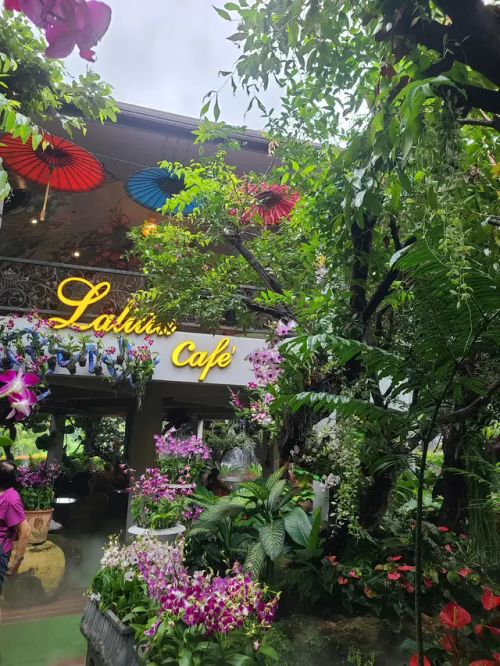





























Это не декорации к сказке или фильму, не воплощение райских кущ, а одно из самых живописных кафе в мире. Если будете в Тайланде обязательно заезжайте в городок Чианграй и посетите место под название Lalitta Café, там вы сможете попить кофе, попробовать местной кухни и очень вкусных, привлекательных на вид десертов .Чтобы добраться до кафе, вы пройдете через тропический лес с мостами, ручьями и туманом. Увидите ревущий водопад и эстетичные национальные скульптуры. Во время посещения кафе вы сможете сделать много снимков себя и своих друзей на фоне этого тропического цветущего сада.
This is not the scenery for a fairy tale or film, not the embodiment of heaven, but one of the most picturesque cafes in the world. If you are in Thailand, be sure to stop by the town of Chiang Rai and visit a place called Lalitta Café, where you can drink coffee, try local cuisine and delicious, attractive-looking desserts. To get to the cafe, you will pass through a tropical forest with bridges, streams and fog. You will see a roaring waterfall and aesthetic national sculptures. During your visit to the cafe, you will be able to take many pictures of yourself and your friends against the backdrop of this tropical flower garden.
Источник://t.me/bestplacesontheplanet,//m.vk.com/wall-58406182_26614,://www.idntimes.com/travel/destination/nur-rochim/lalitta-cafe-bersuasana-kayangan-c1c2?page=all, ://www.tripadvisor.ru/Restaurant_Review-g297920-d25064767-Reviews-Lalitta_Cafe-Chiang_Rai_Chiang_Rai_Province.html.

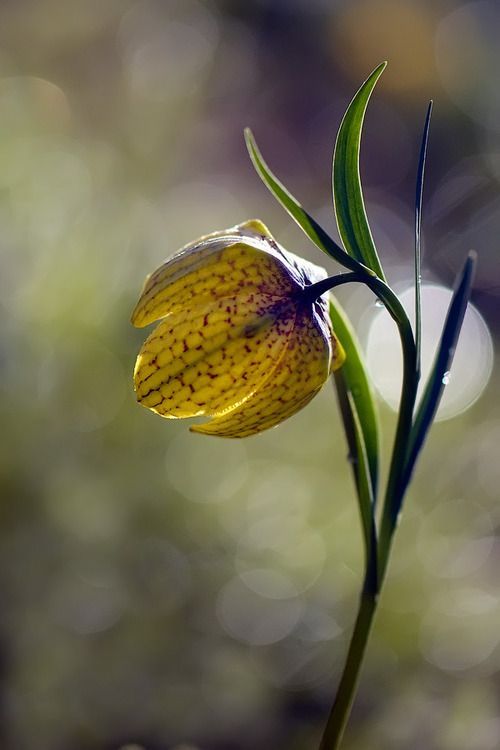


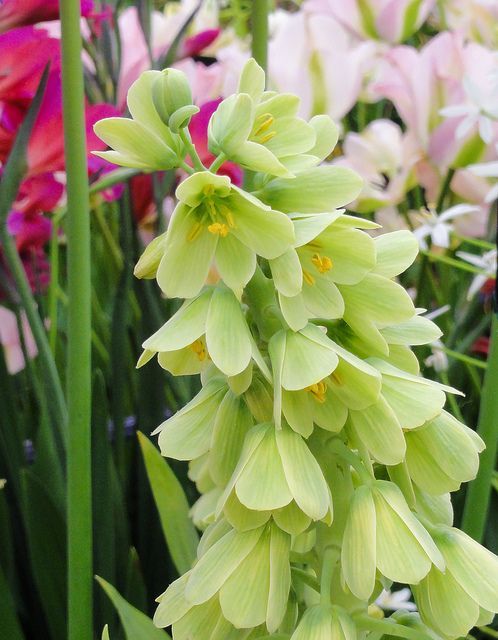
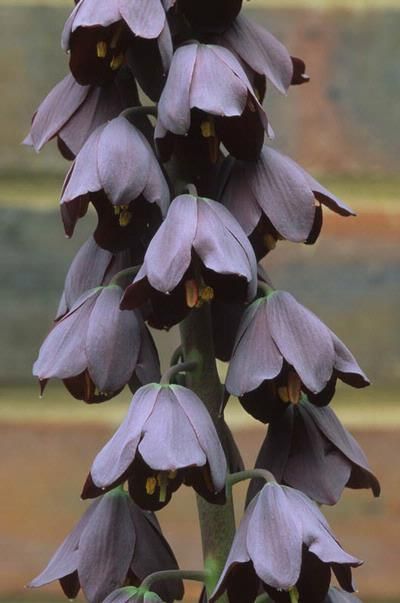


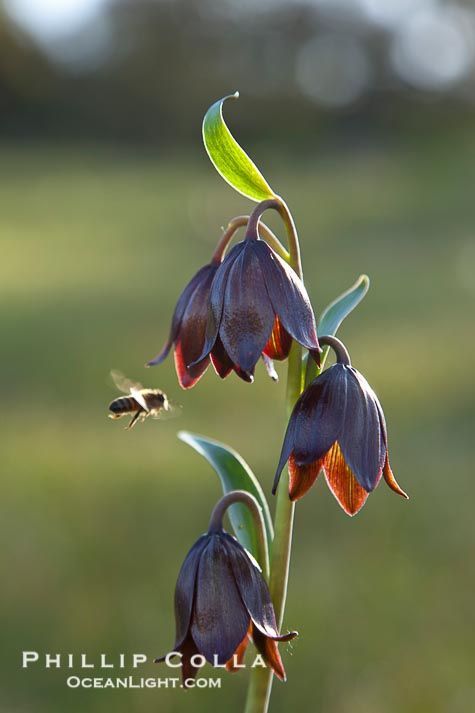


















Яркие и очаровательные фритиллярии (рябчики). Bright and charming fritillaria.
Источник://www.kp.ru/family/sad-i-ogorod/tsvetok-ryabchik/,//dzen.ru/a/ZDcNzHkosDEVf8YO,/kartin.papik.pro/cveti/5855-kartinki-rjabchiki-cvety-66-foto.html, /ru.pinterest.com/pin/111675265752675438/,/www.ogorod.ru/ru/outdoor/perennial/19679/Ne-tolko-ryzhie-i-pestrye-9-jarkih-i-ocharovatelnyh-rjabchikov.htm,dzen.ru/a/YFsW6Dcpezq9hNcO, /artmaki.su/cvety/neobychnye-cvety/neobychnye-ryabchiki.html.
Движемся навстречу солнцу с элегантным скатом (Обыкновенный пятнистый орляк). Moving towards the sun with an elegant eagle spotted stingray.

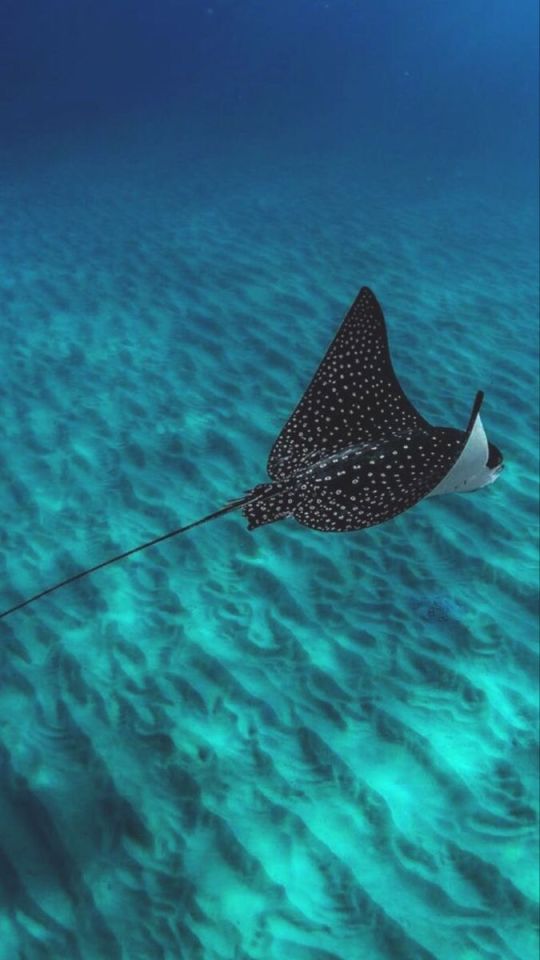


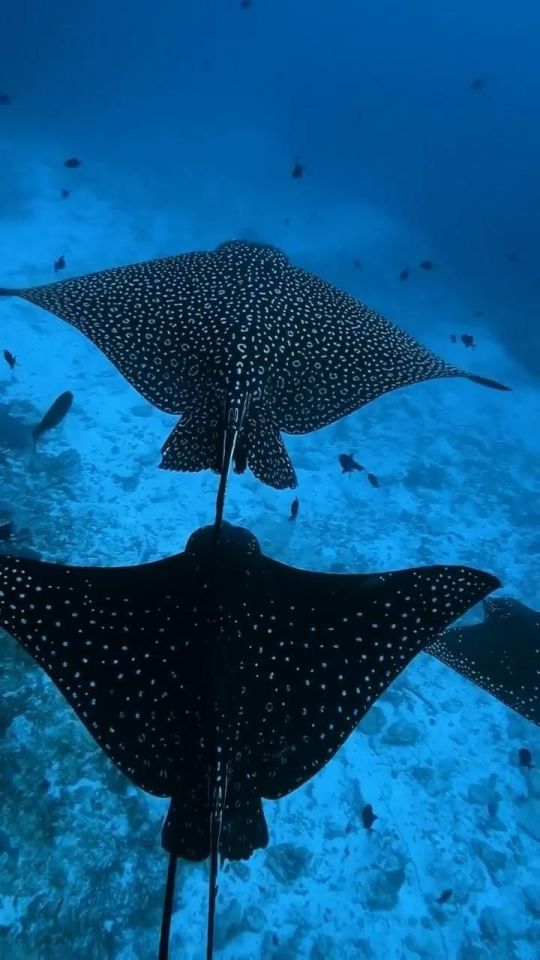












Обыкновенный пятнистый орляк (Аetobatus narinari).
Это — вид хрящевых рыб одноимённого рода семейства орляковых скатов. Пятнистый орляк принадлежит к роду Aetobatus, его видовое название можно перевести, как «орел–скат». Это скат крупных размеров (до 8,8 м с хвостом), у которого максимальный размах плавников-крыльев может доходить до 330 см, толщина тела в районе головы – 50 см, а вес до 230 кг. Скат орляк похож на парящую под водой хищную птицу -- не зря он получил свое название. Движения его плавников похожи на взмахи крыльев, нос на птичий клюв. Спинная поверхность орляка окрашена в темно-синий или чёрный цвет с белыми точками, брюшная сторона — белая. Хвост длиннее, чем у других скатов, и несёт на себе 2—6 ядовитых шипов.
Широко распространён в тропической зоне, включая Мексиканский залив, Гавайские острова, вдоль побережья западной Африки, в Индийском океане, Океании и вдоль обоих побережий Америки на глубине до 80 м. Обычно ведет одиночный образ жизни, но вне сезона размножения может образовывать крупные стаи. В дикой природе , если пятнистого орляка не трогать , то это животное неопасно и пугливо. Но , если , нечайно наступить на пятнистый орляк , то он обвивает ногу хвостом, наступившего на рыбу пловца , или рыбака и вонзает ядовитые шипы.Часто люди получают рваные раны, которые необходимо промыть и лечить.
Пятнистый орляк имеет охранный статус на Большом Барьерном рифе вдоль восточного побережья Австралии.
Eagle spotted stingray(Aetobatus narinari).
It is a species of cartilaginous fish of the eponymous genus of the eagle ray family. The eagle spotted stingray belongs to the genus Aetobatus, its specific name can be translated as "eagle–stingray". This is a large-sized stingray (up to 8.8 m with a tail), whose maximum wingspan can reach 330 cm, body thickness in the head area is 50 cm, and weight is up to 230 kg. The eagle stingray looks like a floating chi under watera bird of prey -- it got its name for a reason. The movements of its fins are similar to the flapping of wings, its nose is like a bird's beak. The dorsal surface of the eaglet is colored dark blue or black with white dots, the ventral side is white. The tail is longer than that of other stingrays and carries 2-6 poisonous spikes.
It is widespread in the tropical zone, including the Gulf of Mexico, the Hawaiian Islands, along the coast of West Africa, in the Indian Ocean, Oceania and along both coasts of America at depths up to 80 m. It usually leads a solitary lifestyle, but outside the breeding season it can form large flocks. In the wild, if the eagle spotted stingray is not touched, then this animal is harmless and timid. But if you step on a eagle stingray, it wraps its tail around the leg of a swimmer or fisherman who stepped on a fish and pierces poisonous thorns.People often get lacerations that need to be washed and treated.
The eagle spotted stingray has a protected status on the Great Barrier Reef along the east coast of Australia.
Источник://seaforum.aqualogo.ru/topic/59066-обыкновенный-пятнист%C2%AD%C2%ADый-орляк-аetobatus-narinari/, /ru.wikipedia.org/wiki/Обыкновенныйпятнистыйорляк, pofoto.club/29020-obyknovennyj-pjatnistyj-orljak.html, ru.pinterest.com/pin/985231163169913/,t.me/+HLoqW4OcT5VjZjM6.
Яркие краски цветущей герани. Bright colors of blooming geraniums.
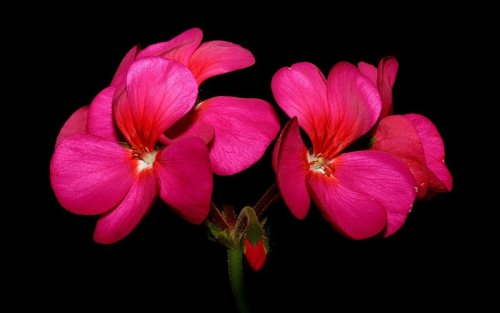

















Источник:https://t.me/+fxNu20lM26MwYzhi, /kartinki.pics/pics/9759-cvetok-geran.html, //lafoy.ru/pelargoniya-geran-75-foto-61.



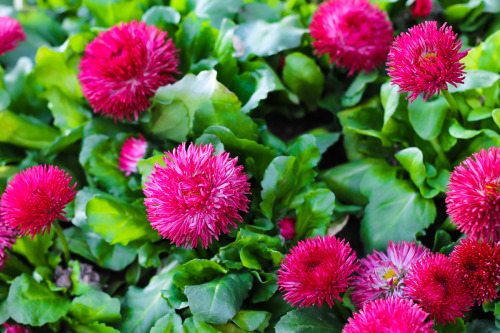




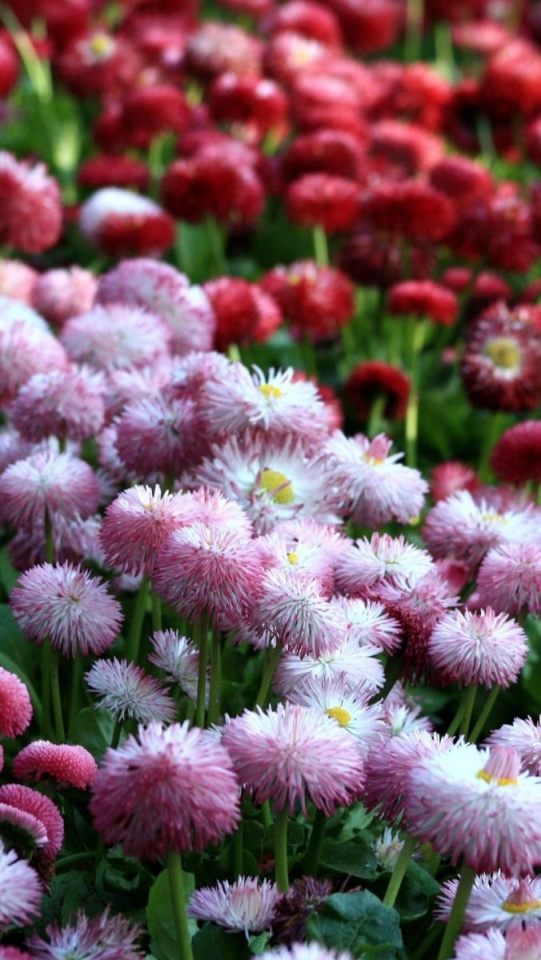














Маргаритки очень красивые многолетники, в переводе с греческого их название означает «жемчужина». Маргаритка ценится многими народами как знак сердечности и верной любви, чистоты и доброты. Наибольшее распространение цветы получили в средние века – века рыцарей. В то время, если девушка давала рыцарю согласие на брак, то последний изображал на своем щите цветы Маргаритки. Этот же цветок зачастую изображался на кубках знатных вельмож.
На сегодняшний день садоводы насчитывают более 20 разновидностей маргариток, от самых простых форм – до пестрых, махровых и игольчатых.
Daisies are very beautiful perennials; their name means “pearl” in Greek. The daisy is valued by many peoples as a sign of cordiality and true love, purity and kindness. Flowers became most widespread in the Middle Ages - the Age of Knights. At that time, if a girl gave her consent to marriage to a knight, the latter would depict Daisy flowers on his shield. The same flower was often depicted on the cups of noble nobles.
Today, gardeners count more than 20 varieties of daisies, from the simplest forms to variegated, terry and needle-shaped.
Источник:://procweti.ru/margaritka,://lafoy.ru/margaritki-50-foto-2068,/kartin.papik.pro/cveti/7203-kartinki-cvety-margaritki-krasivye-70-foto.html, /tolstoymuseum.ru/news/2021/08/19/63606/#:~ :text=Ну%20а%20 само%20слово%20«маргаритка,с%20греческого %20означает%20«жемчужина», ://obradoval.ru/article/margaritka.